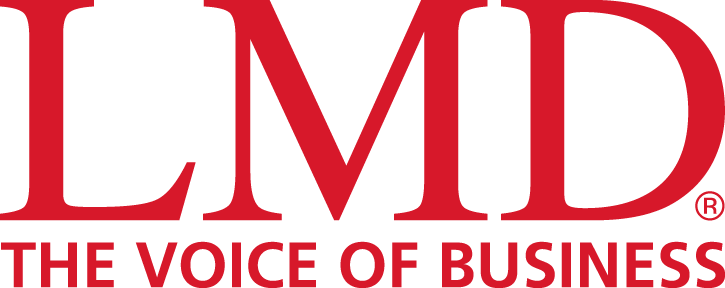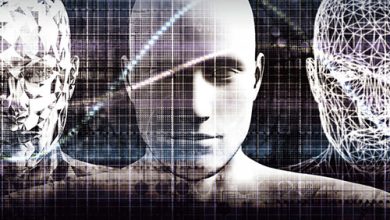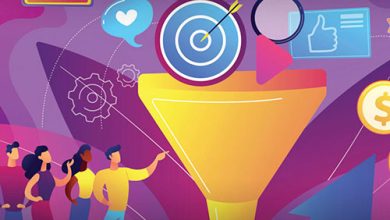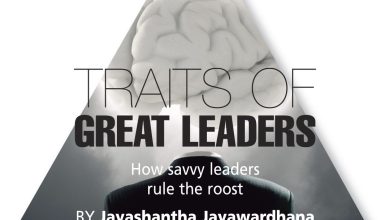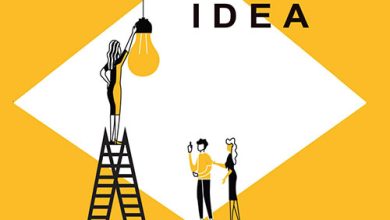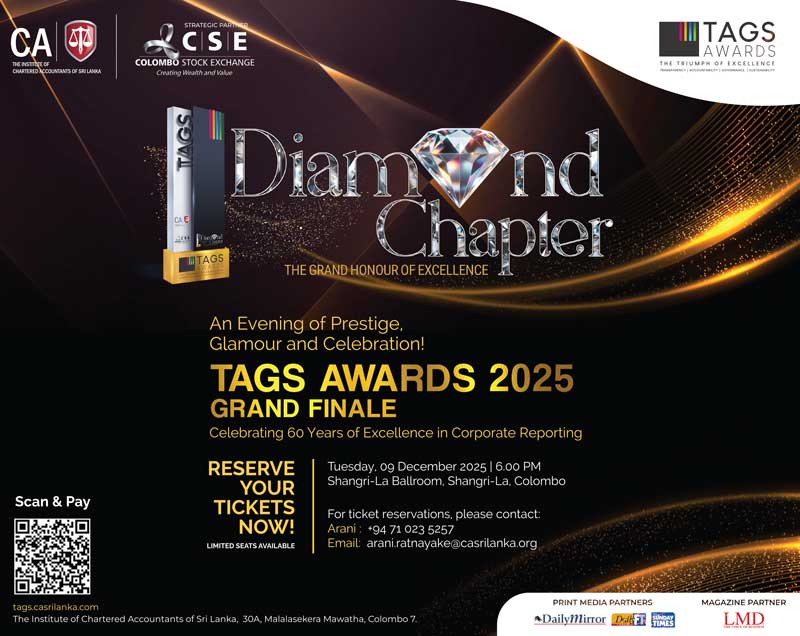DIGITAL MEDIA
THE AGE OF MISINFORMATION
Manilka Ediriweera offers guidelines to help separate fact from fiction
We live in an age where distinguishing between what is real and what’s not remains challenging. While false news and misinformation have existed throughout history in various forms, how is it different today?
What has changed is the sheer volume of information that’s available now and its rapid dissemination through technology and social media.
The ability to access and share information easily and quickly is in many ways a double-edged sword. Not only does it provide and encourage information sharing but also facilitates the spread of misinformation and disinformation. All it takes for misinformation to spread like wildfire is a click, a share or a forward.
From false news and rumours to conspiracy theories, manipulated images and deepfake videos, separating the truth from falsehood is becoming increasingly challenging – especially with generative AI.
If you think distinguishing between real and fake information is difficult today, you’re in for a whole new experience with artificial intelligence. Even at a stage where AI is still in its infancy, we sometimes have trouble distinguishing between content generated by artificial intelligence and that which is authentic.
Though we don’t really know what the future holds, one thing is certain: our inability to distinguish between true and false information. This will only make us sceptical about online information and could constitute an enormous challenge, considering that we’re now creatures of the digital age.
Associate Professor of Psychology and Human Development at Vanderbilt University Dr. Lisa Fazio specialises in how our minds process information. She explains that our brains internalise incorrect information by using the same principles of memory and learning that are used to source authentic information. We sometimes have the knowledge to recognise that something is wrong while at other times we don’t.
Our memories aren’t perfect either – even though we’re absolutely certain about things we have seen or experienced. Sometimes it’s simply not true. This is because our memories aren’t video recorders; they’re reconstructions based on what we pay attention to and can even blend fact with fiction.
We can unintentionally create false memories by filling in gaps in our recollections with incorrect details that distort the original memory. And our memories of factual information can be influenced by various other sources including fiction. This makes it difficult to distinguish between what’s accurate and not.
Repetition can also affect our perceptions and beliefs in information. The more we hear something, the more we believe it to be true.
How many times have you seen the same headline shared across multiple platforms – or the same message forwarded on messaging platforms – and been left wondering whether it is true? Even though you thought it was utterly implausible when you first saw it, the more you see or hear it, it becomes slightly more believable.
However, there are things you can do to combat this situation and trust your brain online. Fazio suggests ‘pre-bunking’ over debunking. The idea behind this is to make sure people are better equipped to recognise misinformation and resist it before they encounter it.
She also emphasises the importance of verifying information sources and cross referencing with multiple reputable sources. While this is a good strategy, doing so in today’s fast-paced social media environment could be more complicated than you think.
Fazio maintains that media literacy is very important. Understanding how journalists work and ensure accuracy can increase people’s trust in reliable news media, and reduce counterproductive scepticism.
It’s necessary to verify the authority of the source, and look for credentials, experience and affiliations; and at the same time, prioritise experts, journalists and official organisations that typically tend to be more reliable.
Be wary of short form content such as memes, brief videos, tweets and threads. While these are popular sources of information, they can be misleading. Always verify claims made in these bite-sized media forms; and seek the full story and original context before coming to a conclusion.
Avoid echo chambers, and cross-check information with multiple reputable sources and platforms, to confirm veracity and identify potential biases. For topics that are political, medical or controversial, seek diverse perspectives to avoid bias and gain a more balanced understanding.
To navigate today’s information overload, be conscious of your cognitive abilities and shift from passive consumption to active mindful engagement with information. By doing so, we can better trust our brains online.
Be wary of short form content
